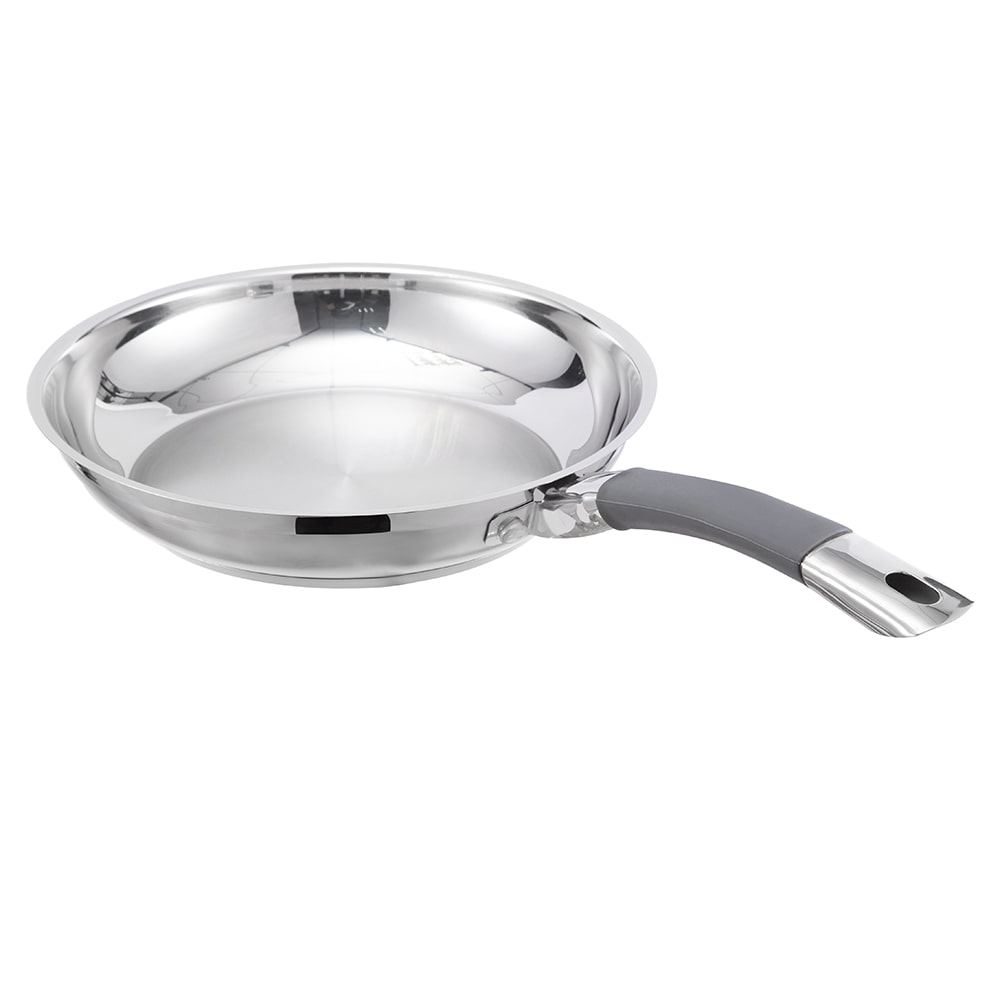When selecting cookware, safety and performance are top priorities for home cooks and professional chefs alike. The black non-stick aluminum stockpot with a glass lid is a popular choice due to its lightweight design, even heat distribution, and convenience. However, concerns about aluminum safety, non-stick coating durability, and proper maintenance often arise.
Is the Aluminum Construction of the Black Non-Stick Stockpot Safe for High-Heat Cooking?
Aluminum is a preferred material in cookware due to its excellent heat conductivity, which ensures even cooking and reduces hot spots. However, some consumers worry about potential health risks associated with aluminum leaching into food, especially when cooking acidic dishes like tomato sauce or citrus-based recipes.
Modern black non-stick aluminum stockpots often feature anodized or coated aluminum, which creates a protective layer to minimize metal transfer. Anodization hardens the surface, making it more resistant to scratches and corrosion while preventing direct contact between food and raw aluminum. Additionally, high-quality stockpots may have an interior non-stick layer that further isolates food from the base metal.
Compared to stainless steel or cast iron, aluminum stockpots heat up faster and are more energy-efficient. However, they are generally not as durable under extreme high-heat conditions, such as prolonged searing or broiling. For boiling, simmering, and moderate sautéing, an anodized or coated aluminum stockpot with a glass lid remains a safe and efficient choice.
Does the Non-Stick Coating on This Stockpot Contain Harmful Chemicals Like PFOA or PFAS?
Non-stick coatings have evolved significantly over the years, with many manufacturers phasing out perfluorooctanoic acid (PFOA) and other controversial compounds. Today, most non-stick aluminum stockpots use PTFE (polytetrafluoroethylene) or ceramic-based coatings, both of which are considered safe when used as intended.
PTFE coatings, when properly manufactured without PFOA, are stable at typical cooking temperatures (up to 500°F/260°C). However, overheating can cause degradation, releasing fumes that may be harmful. Ceramic non-stick coatings, on the other hand, are generally PFOA- and PTFE-free, making them a preferred option for health-conscious buyers.
To ensure safety, consumers should:
- Avoid preheating an empty non-stick stockpot on high heat.
- Use wooden, silicone, or plastic utensils to prevent scratching.
- Follow the manufacturer’s recommended temperature limits.
A comparison of common non-stick coatings:
| Coating Type |
Max Safe Temperature |
PFOA-Free? |
Durability |
| PTFE (Traditional Non-Stick) |
500°F (260°C) |
Yes (if labeled) |
Moderate, can scratch |
| Ceramic Non-Stick |
450–550°F (230–290°C) |
Yes |
Less long-lasting than PTFE |
| Anodized Aluminum (Non-Stick Variants) |
Varies by brand |
Typically yes |
High, scratch-resistant |
How Does the Glass Lid Enhance Safety and Cooking Performance in This Stockpot?
The glass lid on a black non-stick aluminum stockpot serves multiple functional purposes. Unlike solid metal lids, tempered glass allows cooks to monitor food without lifting the cover, reducing heat loss and improving energy efficiency. Steam vents on the lid help regulate pressure, preventing boil-overs while retaining moisture for better cooking results.
From a safety perspective, tempered glass is resistant to thermal shock and shattering, making it a durable choice for long-term use. The transparency also helps prevent accidental burning, as users can visually check food progress rather than removing the lid frequently.
However, glass lids are typically heavier than metal ones and may require careful handling to avoid cracks from sudden impacts. When choosing a stockpot with a glass lid, opt for models with reinforced edges and secure-fitting designs to minimize breakage risks.
What Are the Best Practices to Maintain the Safety and Longevity of This Stockpot?
Proper care extends the lifespan of a black non-stick aluminum stockpot with a glass lid and ensures safe cooking conditions. Key maintenance tips include:
- Cleaning: Hand washing with mild detergent is recommended to preserve the non-stick coating. If dishwasher-safe, place the lid securely to avoid jostling.
- Utensil Selection: Avoid metal tools that can scratch the non-stick surface; silicone, wood, or nylon utensils are safer alternatives.
- Heat Management: Use low to medium heat settings—excessive heat can warp aluminum and degrade non-stick coatings over time.
- Storage: Stack pots with protective liners or lid cushions to prevent scratches.
Signs that indicate it’s time to replace the stockpot include:
- Flaking or peeling non-stick coating.
- Warping of the aluminum base, causing uneven heating.
- Deep scratches that expose the underlying metal.
The black non-stick aluminum stockpot with a glass lid is a practical and efficient choice for many cooking tasks, provided it is used and maintained correctly. Its aluminum construction offers excellent heat distribution, while modern non-stick coatings and tempered glass lids enhance safety and convenience. By following proper care guidelines—such as avoiding excessive heat and abrasive utensils—users can maximize both performance and longevity.
When selecting this type of cookware, consumers should prioritize high-quality anodized or coated aluminum, PFOA-free non-stick surfaces, and durable glass lids to ensure a safe and enjoyable cooking experience. With the right precautions, this stockpot can be a reliable addition to any kitchen.
 No. 1, Jingwei Road, Yangcheng Lake Town, Xiangcheng District, Suzhou City, China
No. 1, Jingwei Road, Yangcheng Lake Town, Xiangcheng District, Suzhou City, China [email protected]
[email protected] +86-13913553688
+86-13913553688
 search
search
 中文简体
中文简体 English
English русский
русский Français
Français Español
Español 日本語
日本語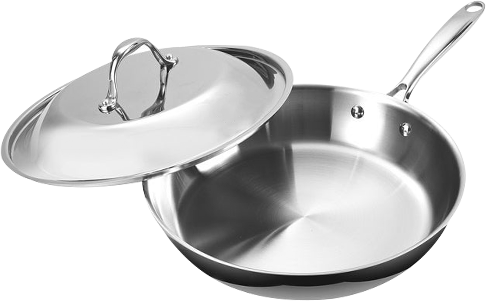
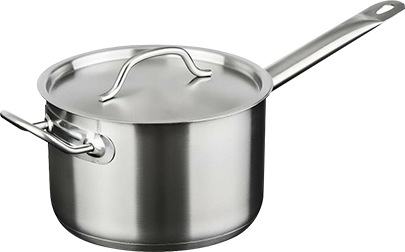
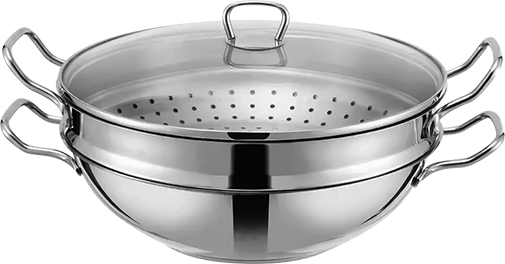
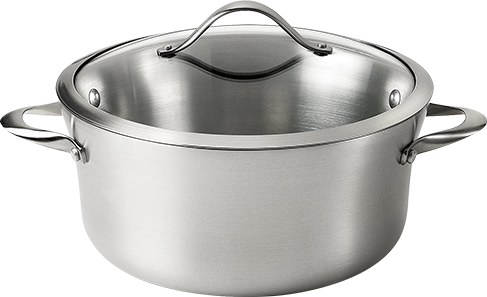
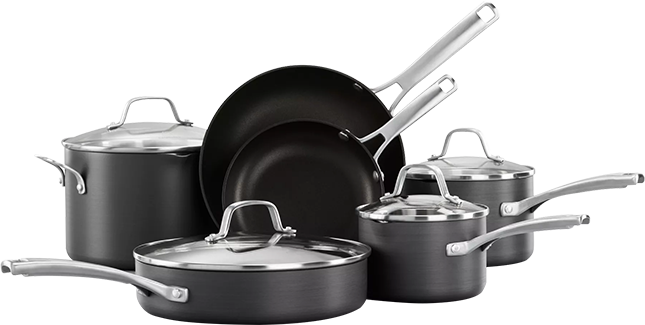


-4.jpg)
-1.jpg)
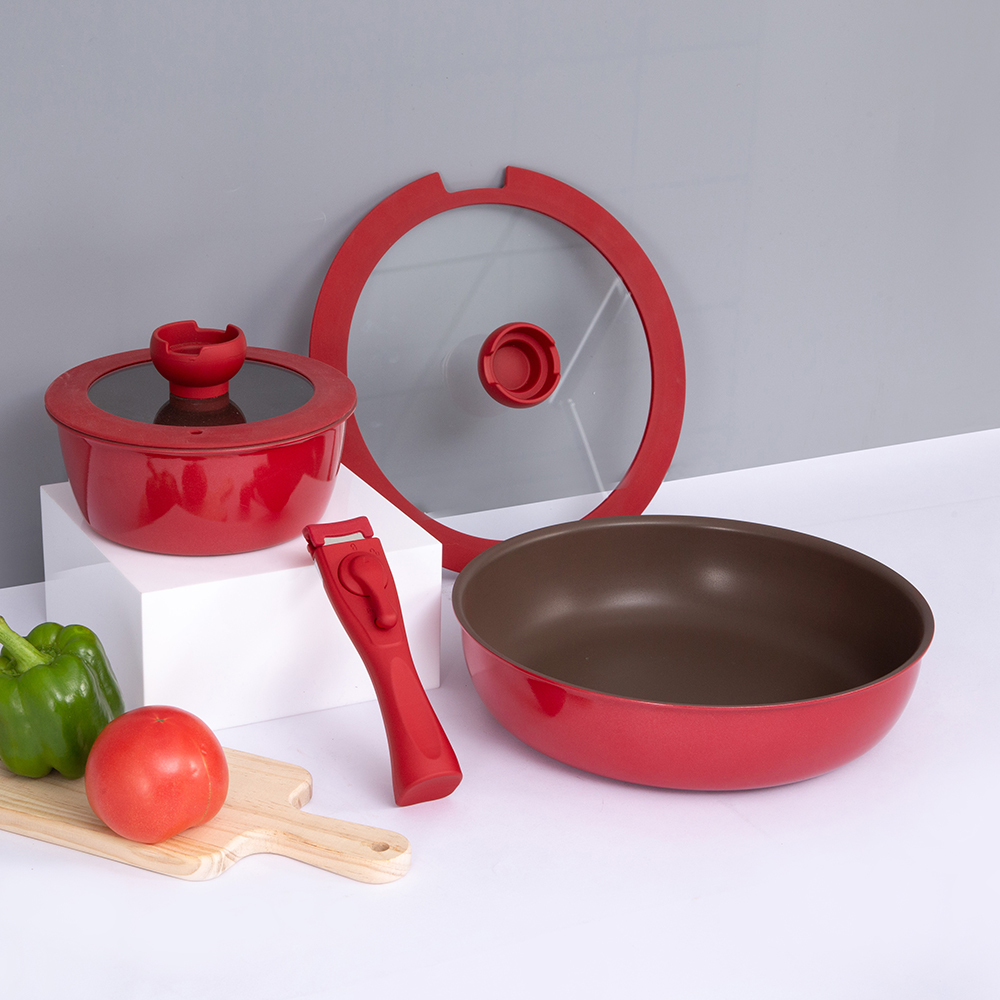
-3.jpg)
-5.jpg)
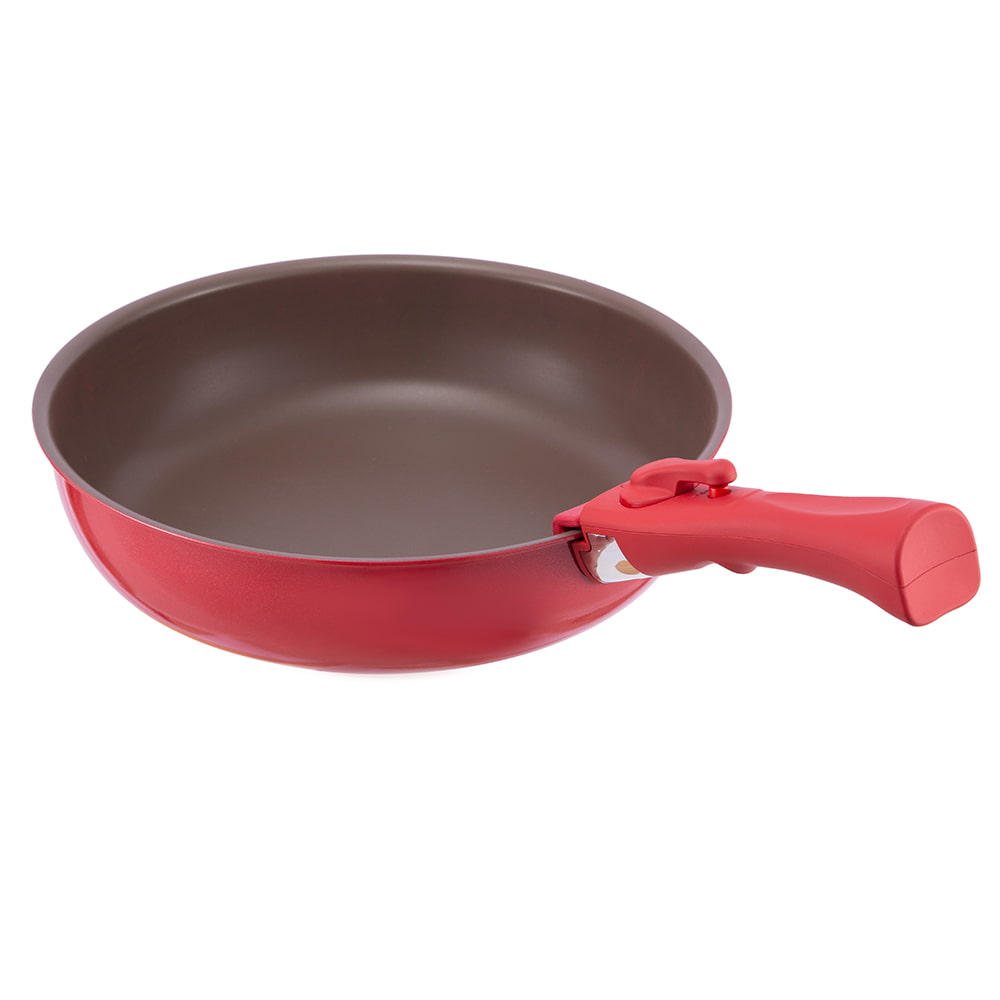
-3.jpg)
-9.jpg)
-3.jpg)
-14.jpg)
